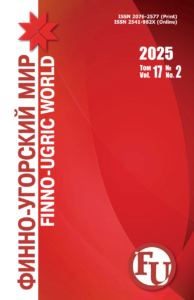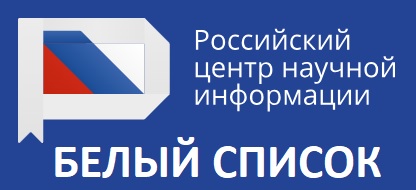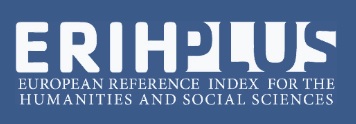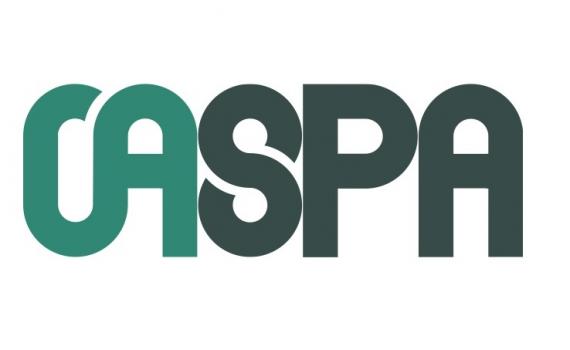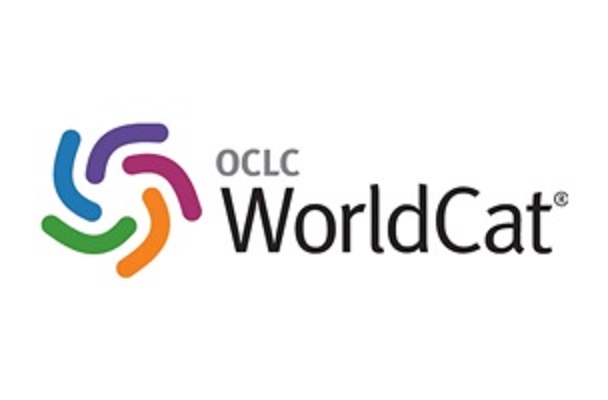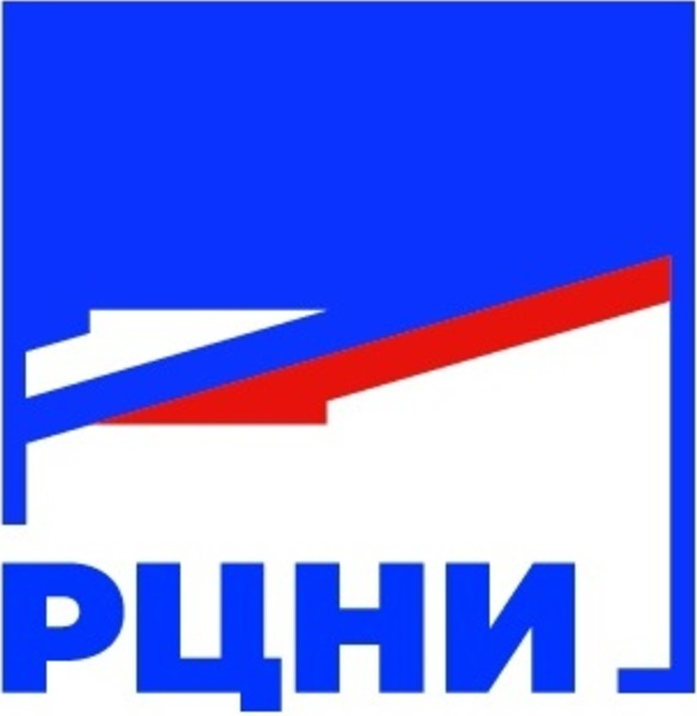Dialects of the Vepsian language in the context of linguistic geography
Zaitseva Nina G.,
Doctor of Philology, Head of the Linguistics Sector, Institute of Language, Literature and History Karelia Research Center of the Russian Academy of Sciences
(Petrozavodsk, Russia), zng@ro.ru
Introduction. The Vepsian language is a language of a minority nation, which has been in a focus of quite successful process of revitalization. Since 2012 a work on “Vepsian linguistic atlas” has been carried out aiming at elucidation of an issue of Finnic protolanguage fonectec, grammatic and lexical reflexes, an innovative Vepsian material, results of language contacts and finally of the problems of Vepsian dialect area forming.
Materials and Methods. Within linguistic geography method the research material is a Vepsian dialect material collected by means of a special questionnaire of “Vepsian linguistic atlas” as well as from various archives and published materials with a clear record system and determined locations of the dialect material.
Results and Discussion. The article presents research study of Vepsian dialects and dialect history. It describes some principles of “Vepsian linguistic atlas” based on three linguistic maps (Vepsian names for ‘soft’, ‘garret’, ‘snake’), which show the etymology of Vepsian lexical reflects of the Finnic protolanguage or Finno-Ugric languages, its innovative character and borrowings.
Conclusion. The presented materials allow to observe the development of Vepsian central areas, which often demonstrate ancient reflexes of Finnic protolanguage together with formation of various innovations. From the other side, peripheral territories (Vepsian Eastern dialects of Babayevo district of Vologda region), located on the border of Vepsian language area, currently demonstrate a strong will to save own language system and lexicon, a heritage of the Vepsian ancient language. Vepsian substrate, which is said to be partially lost in the border territories, appear in lexemes almost forgotten in some even central dialects, influencing Vepsian dialect area’s formation. This supports an idea of a special longing of the border territories to preserve own identity, own characteristics in comparison with the population around.
Key words: Vepsian language; linguistic geography; language areas; etymology.
For citation: Zaitseva NG. Dialekty vepsskogo iazyka v kontekste lingvisticheskoi geografii [Dialects of the Vepsian language in the context of linguistic geography]. Finno-ugorskii mir = Finno-Ugric World. 2017; 3: 6–22. (In Russian)
1. Bogdanov NI. Istoriia razvitiia leksiki vepsskogo iazyka: avtoref. dis. … kand. filol. nauk [History of the development of Vepsian language vocabulary. Abstract of cand. philol. sci. dis.]. Leningrad; 1953. (In Russian)
2. Brodskii IV. Nazvaniia rastenii v finno-ugorskikh iazykakh (na materiale pribaltiisko-finskikh i komi iazykov) [Names of plants in the Finno-Ugric languages (on the material of the Baltic-Finnish and Komi languages)]. Sankt-Peterburg; 2007. (In Russian)
3. Vepsskie areal’nye issledovaniia: sb. st. [Vepsian Areal Studies. Digest]. Petrozavodsk; 2013. (In Russian)
4. Vinokurova IIu. Zhivotnye v traditsionnom mirovozzrenii vepsov [Animals in the traditional world view of the Veps]. Petrozavodsk; 2006. (In Russian)
5. Dal’ VI. Tolkovyi slovar’ zhivogo velikorusskogo iazyka: v 4 t. [Explanatory Dictionary of the Living Great Russian Language: in 4 vol.]. Moskva; 1955. (In Russian)
6. Zhukova OIu. Vepsskie obriadovye prichitaniia: ot poetiki zhanra k poetike slova [Vepsian ritual lamentations: from the poetics of the genre to the poetics of the word]. Petrozavodsk; 2015. (In Russian)
7. Zaitseva MI, Mullonen MI. Obraztsy vepsskoi rechi [Samples of Vepsian speech]. Leningrad; 1969. (In Russian)
8. Zaitseva MI, Mullonen MI. Slovar’ vepsskogo iazyka [Vepsian Dictionary]. Leningrad; 1972. (In Russian)
9. Zaitseva NG. Mladopis’mennyi iazyk vepsov: periody i perspektivy razvitiia [The written language of Veps: periods and prospects of development]. Sovremennaia nauka o vepsakh: dostizheniia i perspektivy (pamiati N. I. Bogdanova) = Modern science of the Veps: achievements and perspectives (in memory of NI. Bogdanov). Petrozavodsk; 2006: 119–135. (In Russian)
10. Zaitseva NG. Ocherki vepsskoi dialektologii (lingvogeograficheskii aspekt) [Essays on Vepsian dialectology (linguogeographical aspect)]. Petrozavodsk; 2016. (In Russian)
11. Krasnaia kniga iazykov narodov Rossii: entsikl. slov.-sprav. [The Red Book of the Languages of the Peoples of Russia. Encyclopaedic dictionary-reference]. Moskva; 1994. (In Russian)
12. Mamontova NN, Mullonen II. Pribaltiisko-finskaia geograficheskaia leksika Karelii [The Baltic-Finnish geographical vocabulary of Karelia]. Petrozavodsk; 1991. (In Russian)
13. Mullonen II. Bol’shie ozera malen’kogo naroda: identifikatsiia po razmeru v vepsskoi toponimii [Large Lakes of a Small People: Identification by Size in the Veps Toponymy]. Vepsskie areal’nye issledovaniia = Vepsian Areal Studies. Petrozavodsk; 2013: 130–144. (In Russian)
14. Mullonen MI. Ocherki vepsskoi toponimii [Essays on the Veps toponymy]. Sankt-Peterburg; 1994. (In Russian)
15. Mullonen II. Territoriia rasseleniia i etnonimy vepsov [Territory of settlement and ethnonyms of the Vepsians]. Pribaltiisko-finskie narody Rossii = The Baltic-Finnish peoples of Russia. Moskva; 2003: 342–349. (In Russian)
16. Mullonen II. Toponimiia Prisvir’ia. Problemy etnoiazykovogo kontaktirovaniia [Toponymy of Prisvire. Problems of ethno-linguistic contacting]. Petrozavodsk; 2002. (In Russian)
17. Myznikov SA. Atlas substratnoi i zaimstvovannoi leksiki russkikh govorov Severo-Zapada [Atlas of the substrate and borrowed vocabulary of the Russian dialects of the Northwest]. Sankt-Peterburg; 2007. (In Russian)
18. Myznikov SA. Russkie govory Obonezh’ia. Areal’no-etimologicheskoe issledovanie leksiki pribaltiisko-finskogo proiskhozhdeniia [Russian dialects of the Obonezhye. Aral-etymological study of the vocabulary of the Baltic-Finnish origin]. Sankt-Peterburg; 2003. (In Russian)
19. Slovar’ karel’skogo iazyka (livvikovskii dialekt) [Dictionary of the Karelian language (Livvik dialect)]. Petrozavodsk; 1990. (In Russian)
20. Slovar’ karel’skogo iazyka (tverskie govory) [Dictionary of the Karelian language (Tver dialects]. Petrozavodsk; 1994. (In Russian)
21. Slovar’ russkikh narodnykh govorov [Dictionary of Russian folk dialects]. Sankt-Peterburg; 1965–2016; 1–49. (In Russian)
22. Strogal’shchikova ZI. Vepsy v etnokul’turnom prostranstve Evropeiskogo Severa [Veps in the ethno-cultural space of the European North]. Petrozavodsk; 2016. (In Russian)
23. Fasmer M. Etimologicheskii slovar’ russkogo iazyka: v 4 t. [Etymological dictionary of the Russian language: in 4 vol.]. Moskva; 1964–1973. (In Russian)
24. Ahlqvist A. Anteckningar i Nors-tschudiskan. Acta societatis scient. Fennicae. Helsinki; 1861; 6: 49–78. (In Sweden)
25. Atlas Linguarum Fennicarum. Helsinki; 2004, I; 2007, II; 2010, III. (In Finnish)
26. Basilier Hj. Vepsäläiset Isajevan voolostissa. Suomalais-Ugrilaisen Seuran Aikakauskirja. Helsinki; 1890; 8: 42–84. (In Finnish)
27. Grünthal R. Vepsän kielioppi. Helsinki; 2015. (In Finnish)
28. Häkkinen K. Nykysuomen etymologinen sanakirja. Juva; 2007. (In Finnish)
29. Karjalan kielen sanakirja. Helsinki; 1968–2005; I–VI. (In Finnish)
30. Kettunen L. Lõunavepsa häälikajalugu: I. Konsonantid. II. Vokaalid. Helsingis; 1922. (In Estonian)
31. Kujola J. Lyydiläismurteiden sanakirja. Helsinki; 1944. (In Finnish)
32. Lönnrot E. Om det Nord-tschudiska språket. Väitöskirja vepsän kielestä vuodelta 1853. Juminkeko; 2002; 24. (In Sweden)
33. Mägiste J. Estnisches etymologisches Wörterbuch. Helsinki; 1983; I–XII. (In German)
34. Suomen kielen etymologinen sanakirja. Helsinki; 1955–1981; I–VII. (In Finnish)
35. Suomen sanojen alkuperä. Etymologinen sanakirja. Jyväskylä; 1992–2000; I–III. (In Finnish)
36. Tunkelo EA. Vepsän kielen äännehistoria. Suomalaisen Kirjallisuuden Seuran Toimituksia. Helsinki; 1946; 8; 228. (In Finnish)
37. Vepsa vanasõnad. Tallinn; 1992; I–II. (In Estonian)
38. Äänisvepsän näytteitä. Helsinki; 1982. (In Finnish)


